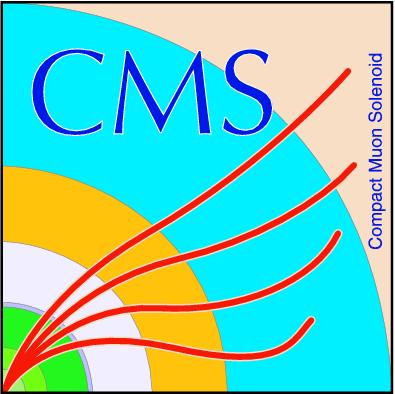
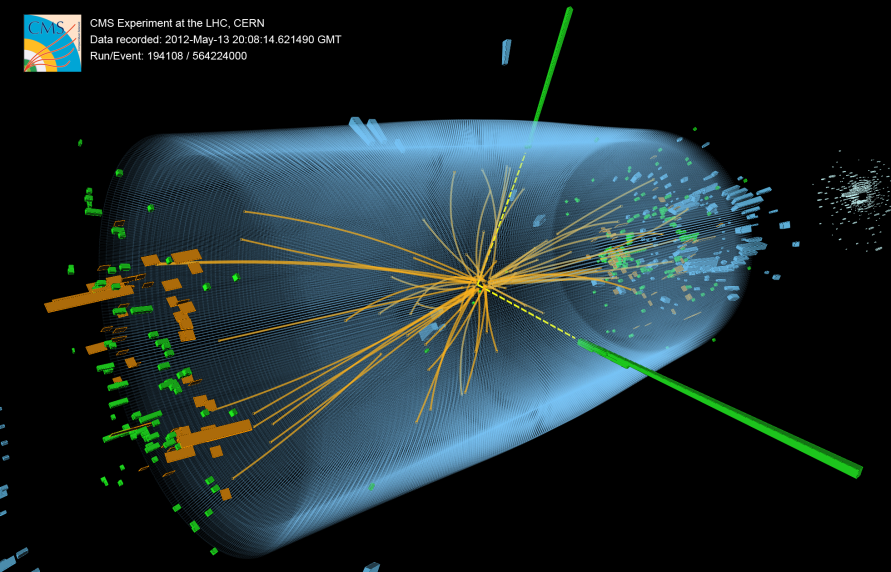
Compact Muon Solenoid
LHC, CERN
| CMS-PAS-TOP-24-009 | ||
| Observation of tWZ production at the CMS experiment | ||
| CMS Collaboration | ||
| 16 May 2025 | ||
| Abstract: The first observation is reported of single top quark production in association with a W and a Z boson in proton-proton collisions. The analysis uses data at center-of-mass energies of 13 and 13.6 TeV recorded with the CMS detector at the CERN LHC, corresponding to a total integrated luminosity of 200 fb$ ^{-1} $. Events with three or four charged leptons are selected, which can be electrons or muons. Advanced machine learning algorithms and improved reconstruction methods compared to an earlier analysis result in an unprecedented sensitivity to tWZ production. The measured cross sections for tWZ production are 248 $ \pm $ 52 fb and 244 $ \pm $ 74 fb for $ \sqrt{s}= $ 13 and 13.6 TeV, respectively. The measurement results in a statistical significance of 5.8 standard deviations, with 3.5 expected, compared to the background-only hypothesis. | ||
|
Links:
CDS record (PDF) ;
CADI line (restricted) ;
These preliminary results are superseded in this paper, Submitted to PRL. The superseded preliminary plots can be found here. |
||

|
Compact Muon Solenoid LHC, CERN |
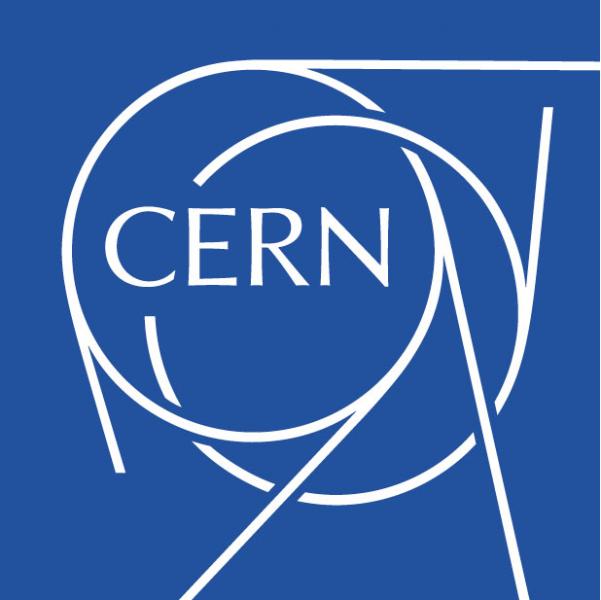
|
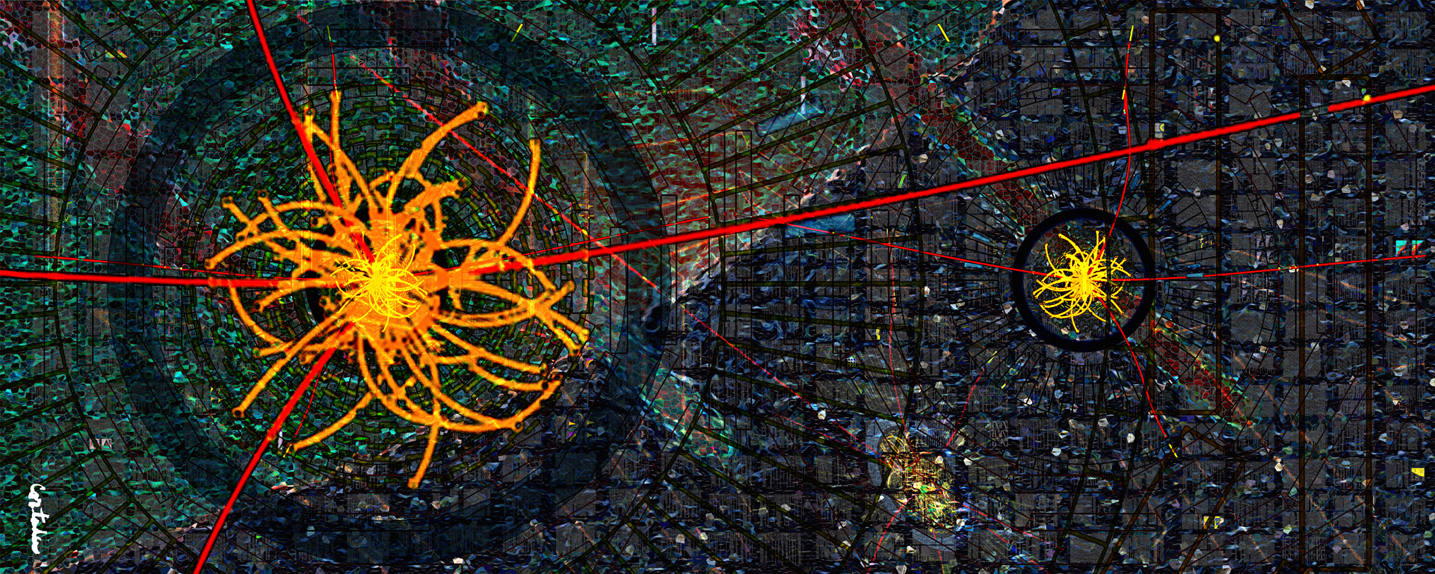
|
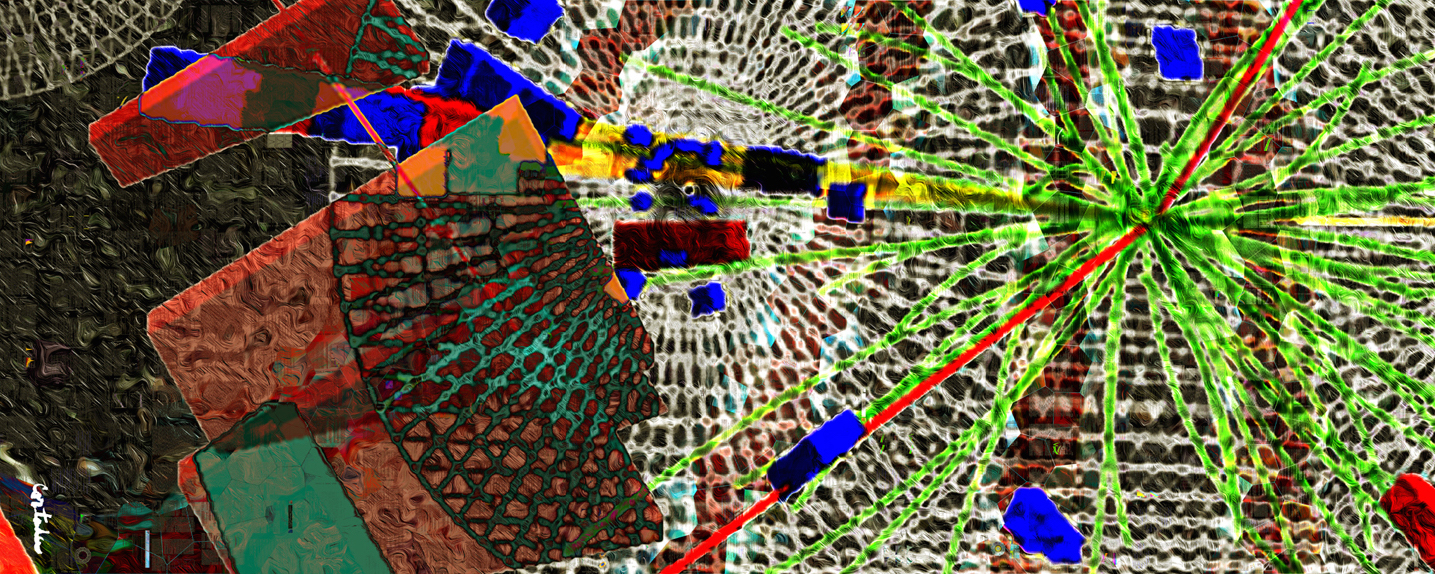
|
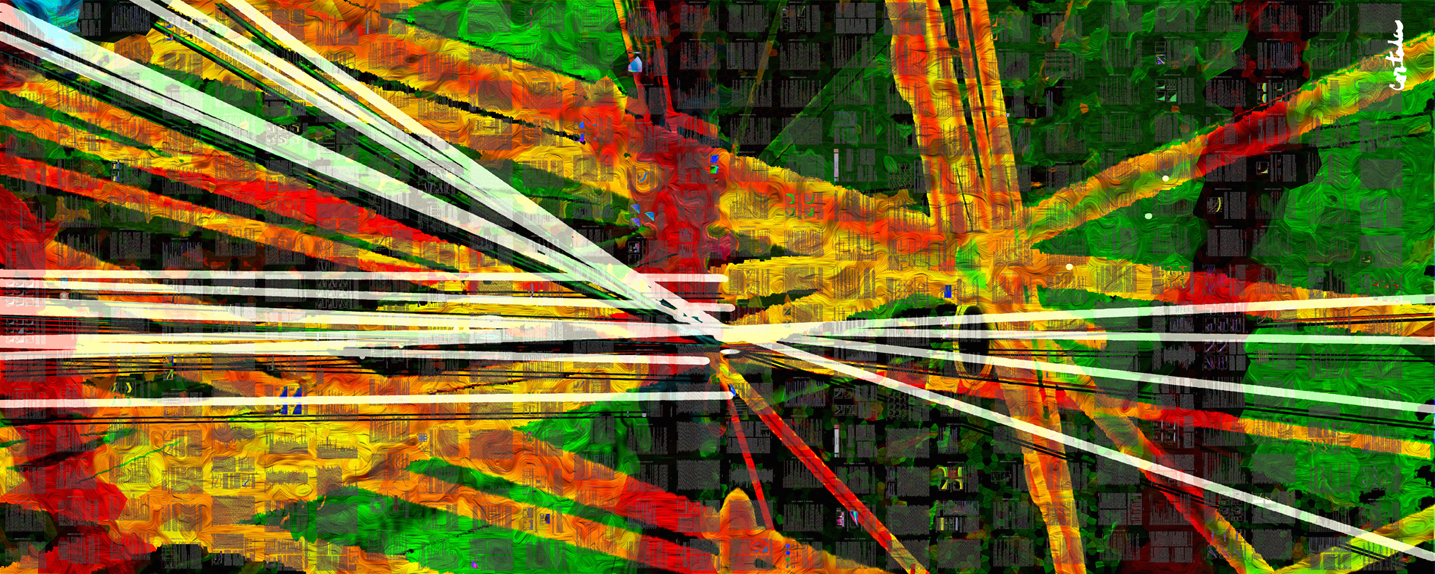
|
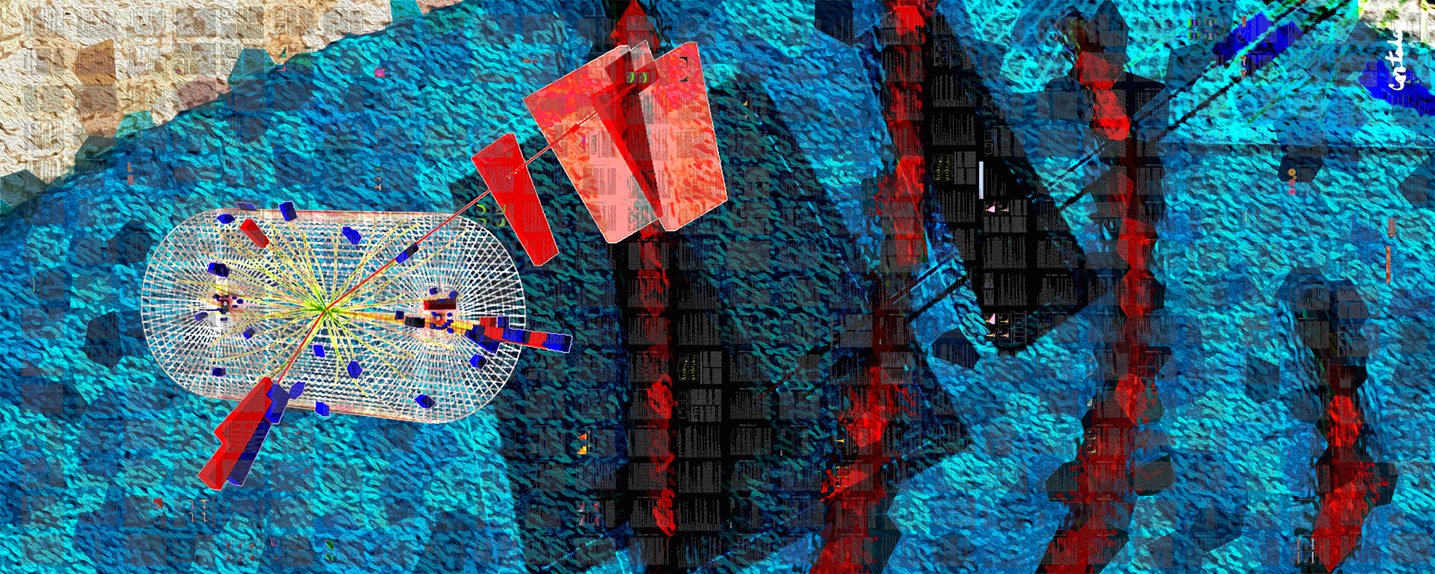
|
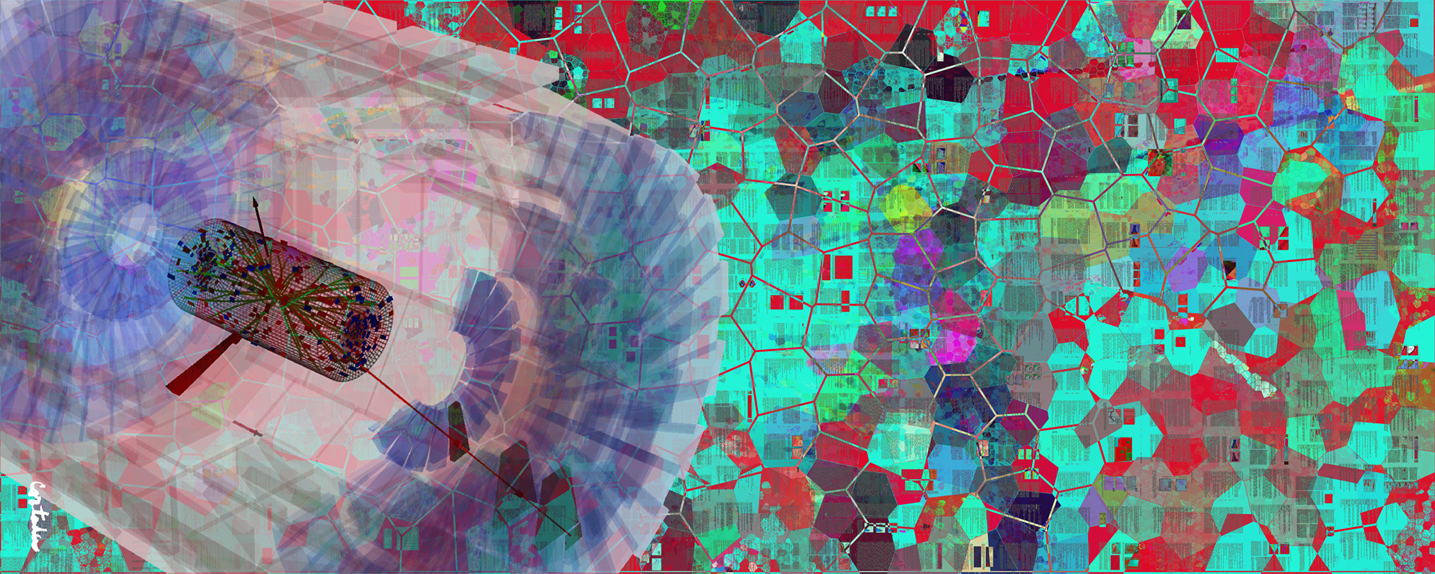
|